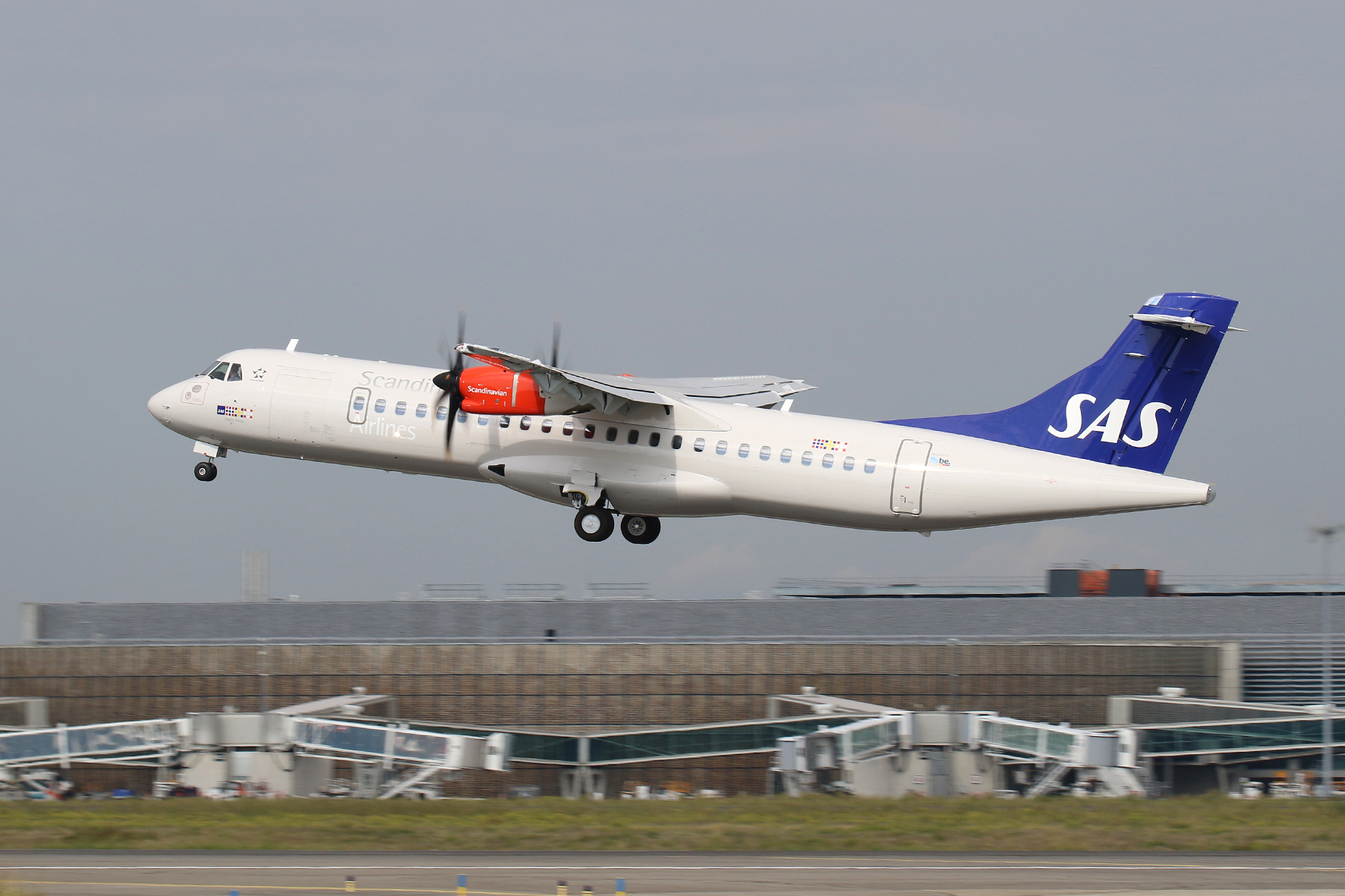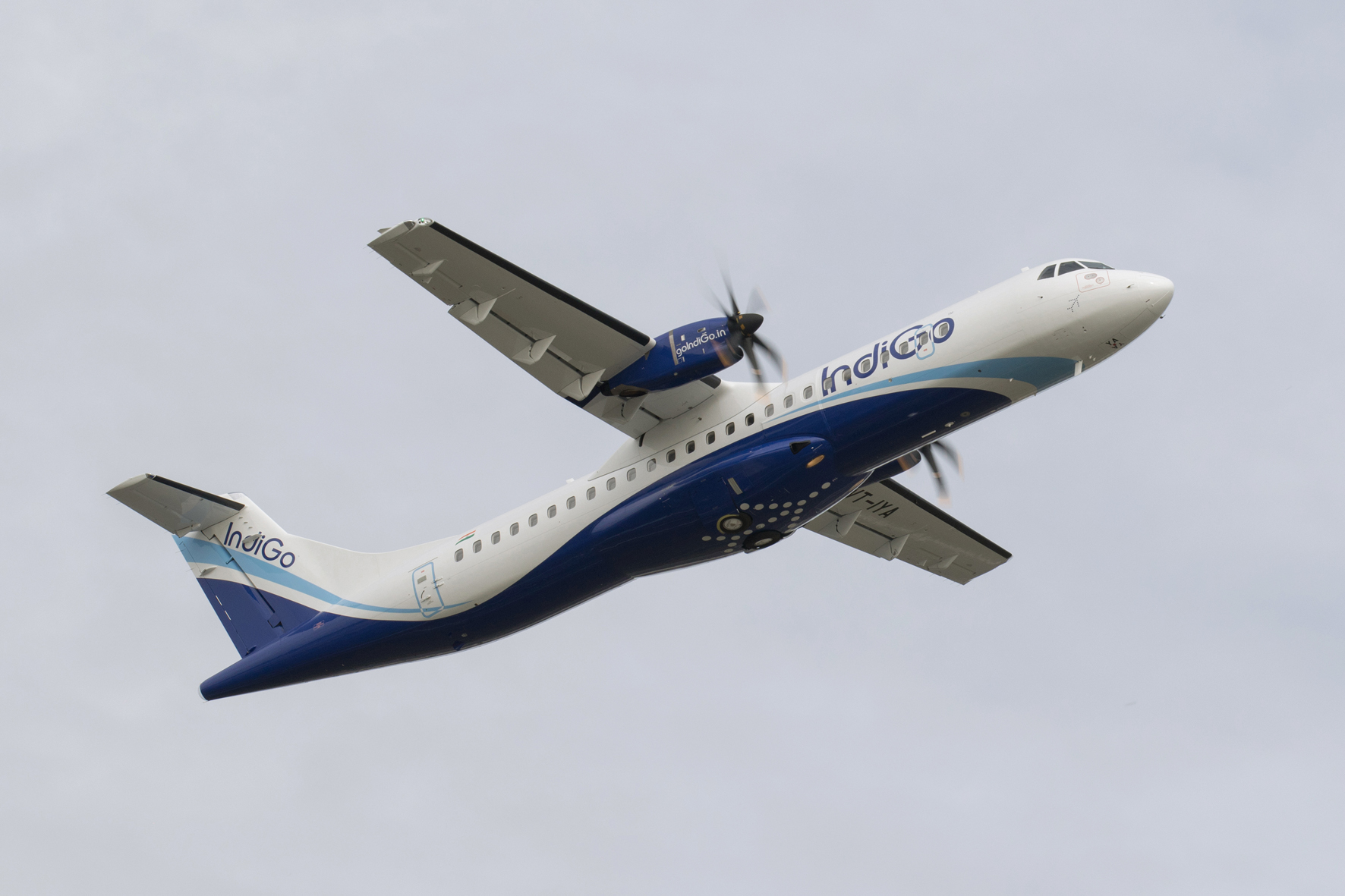ATR 72 Aircraft Overview: Atr 72 Plane

The ATR 72 is a twin-engine turboprop regional airliner that has been a popular choice for airlines worldwide since its introduction in 1989. Developed by the French-Italian aircraft manufacturer ATR, the ATR 72 is known for its versatility, efficiency, and reliability, making it a workhorse in regional and commuter air travel.
History and Development
The ATR 72 is a derivative of the ATR 42, a smaller turboprop aircraft also produced by ATR. The ATR 72 was designed to meet the growing demand for larger regional airliners with a greater passenger capacity. The first ATR 72 prototype took flight in 1988, and the aircraft entered commercial service in 1989. The ATR 72 has undergone several upgrades and refinements over the years, leading to the development of various variants with improved performance and features.
ATR 72 Variants
The ATR 72 has been produced in several variants, each with specific modifications and enhancements. Here are some of the most notable ATR 72 variants:
- ATR 72-200: The original version of the ATR 72, the -200 variant is powered by Pratt & Whitney Canada PW127 engines and has a maximum takeoff weight of 21,500 kg (47,400 lb).
- ATR 72-210: A slightly upgraded version of the -200, the -210 variant features improved avionics and a slightly higher maximum takeoff weight.
- ATR 72-500: Introduced in 2007, the -500 variant features new winglets, a redesigned cockpit, and improved performance. It is powered by PW127M engines and has a maximum takeoff weight of 23,000 kg (50,700 lb).
- ATR 72-600: The latest version of the ATR 72, the -600 variant features a new glass cockpit, a more powerful PW127F engine, and a number of other enhancements. It has a maximum takeoff weight of 24,500 kg (54,000 lb).
ATR 72 Performance Characteristics, Atr 72 plane
The ATR 72 is a fuel-efficient and versatile aircraft with a range of impressive performance characteristics:
- Range: The ATR 72 has a maximum range of 1,500 km (932 mi), making it suitable for regional routes and shorter international flights.
- Speed: The ATR 72 has a cruise speed of 515 km/h (320 mph), making it one of the fastest turboprop aircraft in its class.
- Payload Capacity: The ATR 72 can accommodate up to 78 passengers in a typical configuration, making it a popular choice for regional airlines with a high demand for passenger capacity.
Operational Capabilities and Uses
The ATR 72 is a versatile aircraft that can be used for a wide range of purposes, including:
- Regional and Commuter Airlines: The ATR 72 is a popular choice for regional airlines operating short-haul routes within a country or between neighboring countries. Its fuel efficiency and passenger capacity make it an economical choice for these types of operations.
- Cargo Transport: The ATR 72 can be configured for cargo transport, with a maximum payload of 7,200 kg (15,900 lb). It is often used by cargo airlines and freight forwarders for transporting goods to remote or underserved areas.
- Special Missions: The ATR 72 can be adapted for special missions, such as aerial surveillance, search and rescue, and medical transport. Its versatility and reliability make it a suitable platform for these types of operations.
ATR 72 in the Aviation Industry

The ATR 72 is a popular regional aircraft that has carved a significant niche for itself in the aviation industry. It’s a workhorse for airlines looking to connect smaller cities and regional hubs, offering a balance of passenger capacity and operational efficiency.
Market Position and Role
The ATR 72 is primarily designed for regional air travel, connecting smaller cities and towns to larger hubs. It’s known for its fuel efficiency and ability to operate from short runways, making it suitable for underserved markets. It’s often used by regional airlines, commuter airlines, and even some larger carriers for feeder routes.
Comparison with Other Regional Aircraft
The ATR 72 competes with other popular regional aircraft like the Bombardier Dash 8-400 and the Embraer E-Jet family.
- The ATR 72’s key advantage is its turboprop engine, which offers better fuel efficiency compared to the jet engines used by the Dash 8-400 and E-Jets. This translates into lower operating costs, especially for shorter routes.
- However, the ATR 72’s turboprop engines also mean it has a lower cruising speed than its jet-powered counterparts, which can be a drawback for longer routes.
- The Dash 8-400 is known for its ruggedness and reliability, while the E-Jets offer a more modern cabin experience and a wider range of seating configurations.
Factors Influencing Popularity and Success
The ATR 72’s popularity is attributed to several key factors:
- Fuel Efficiency: Its turboprop engines make it one of the most fuel-efficient regional aircraft available, contributing to lower operating costs.
- Short Runway Capability: Its ability to operate from short runways opens up opportunities to serve smaller airports and underserved markets.
- Passenger Capacity: The ATR 72 offers a comfortable and spacious cabin for up to 78 passengers, making it suitable for a range of routes.
- Reliability and Maintenance: The ATR 72 has a proven track record of reliability and low maintenance costs, making it a popular choice for airlines.
Future of the ATR 72
The future of the ATR 72 looks promising, with the aircraft expected to remain a key player in the regional aviation market.
- The increasing focus on sustainability in the aviation industry favors the ATR 72’s fuel efficiency.
- The continued growth of regional air travel, driven by factors like population growth and increased demand for air connectivity, will likely create opportunities for the ATR 72.
- ATR is constantly innovating and developing new versions of the ATR 72, including the ATR 72-600, which features improved performance and fuel efficiency.
Atr 72 plane – The ATR 72, a turboprop aircraft known for its versatility and fuel efficiency, has been involved in a number of notable incidents throughout its history. One such incident involved Robert F. Kennedy Jr. , who was aboard an ATR 72 during a flight to South Africa in 2003.
The aircraft experienced engine problems, forcing an emergency landing, highlighting the importance of safety protocols and maintenance procedures in aviation.
The ATR 72 is a popular regional turboprop aircraft known for its versatility and fuel efficiency. It has been involved in several accidents throughout its history, including a recent plane crash in Brazil today. Such incidents highlight the importance of rigorous safety protocols and maintenance for all aircraft, particularly those like the ATR 72 that are commonly used for short-haul flights.
